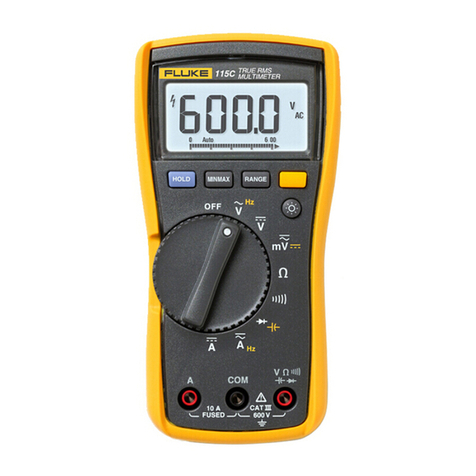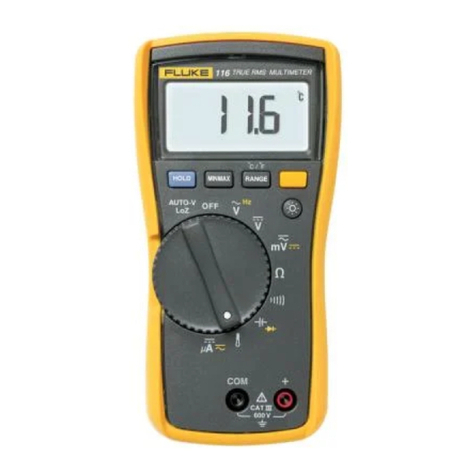Fluke Series II User manual
Other Fluke Multimeter manuals
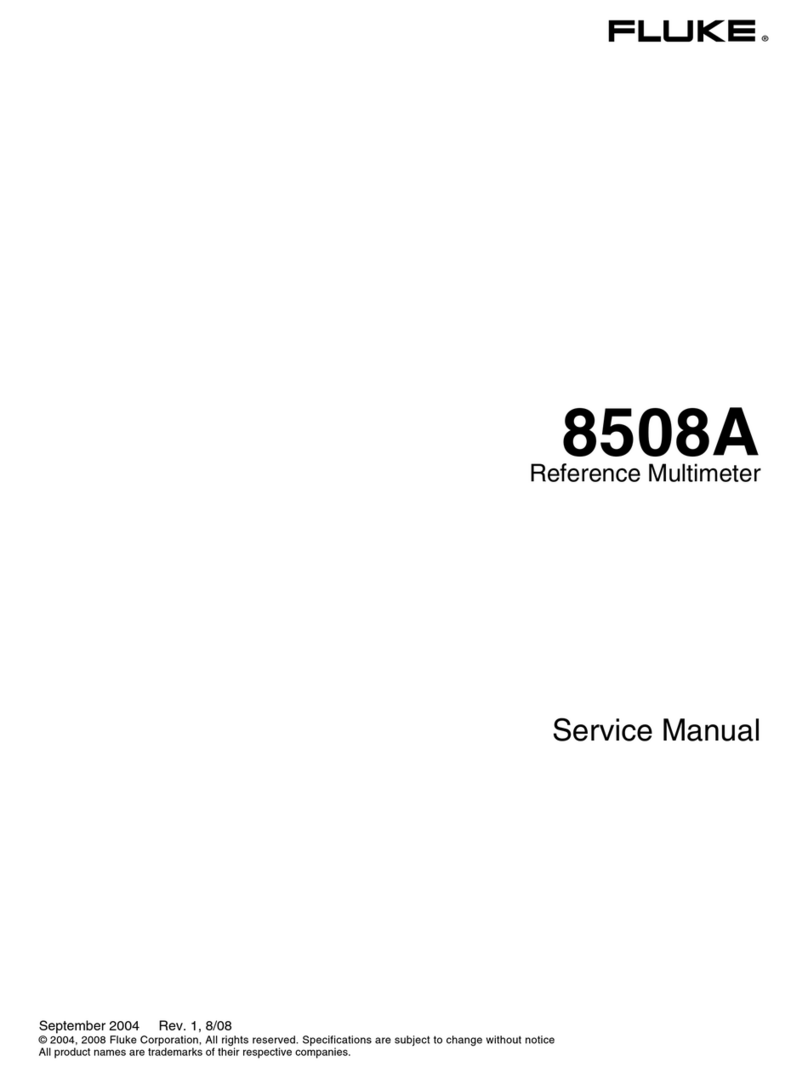
Fluke
Fluke 8508A User manual
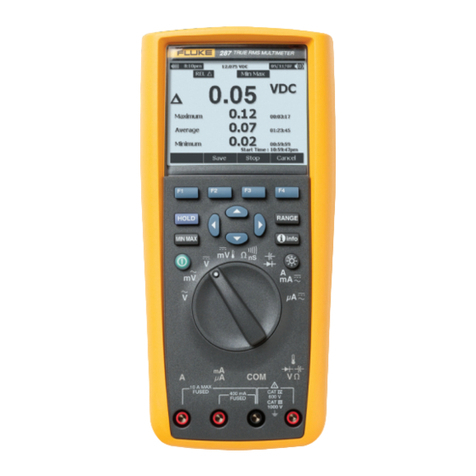
Fluke
Fluke 287 User manual
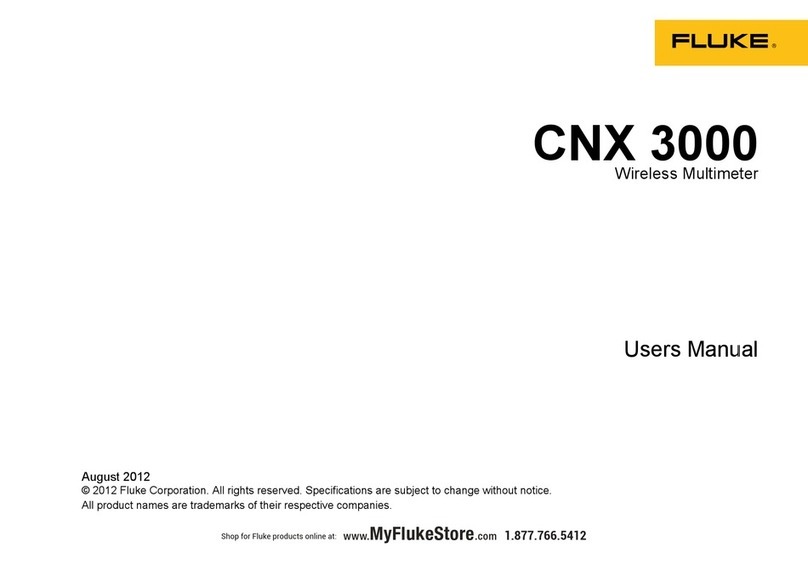
Fluke
Fluke CNX C3000 User manual
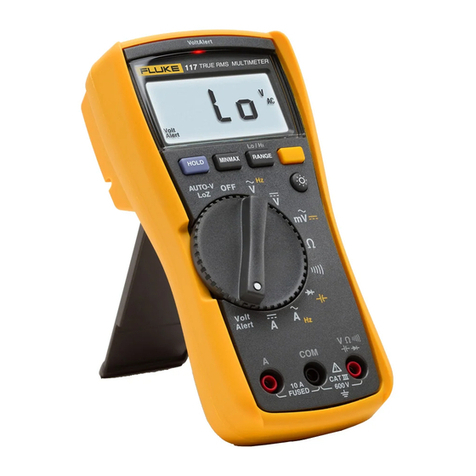
Fluke
Fluke 117 User manual

Fluke
Fluke 1550B User manual
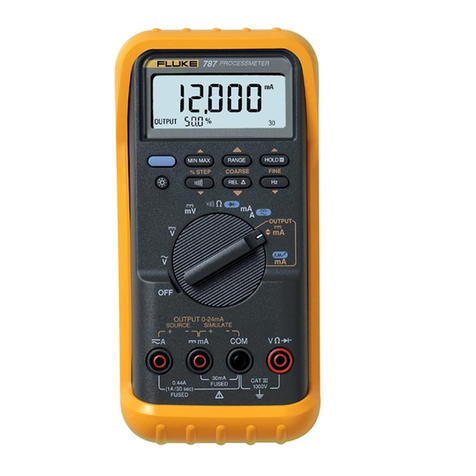
Fluke
Fluke ProcessMeter 787 User manual
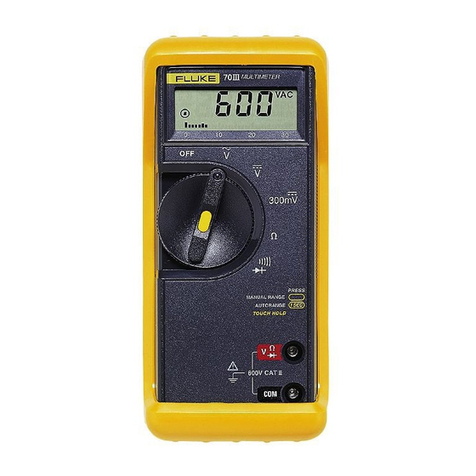
Fluke
Fluke III Series User manual
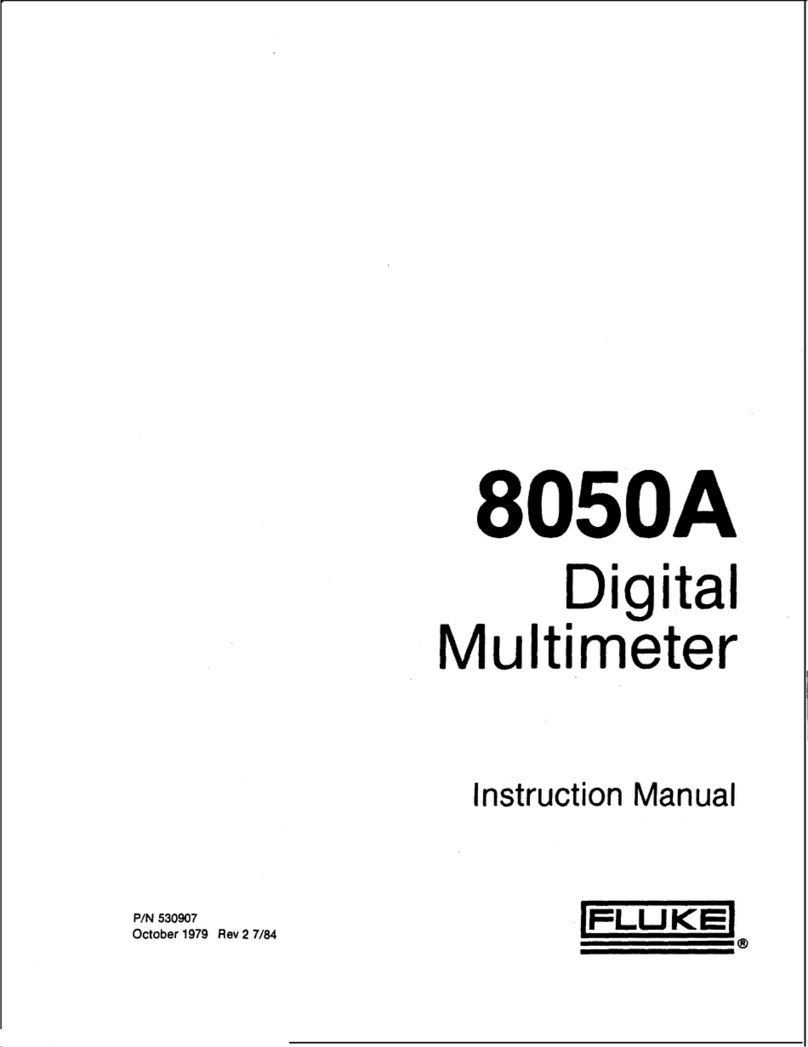
Fluke
Fluke 8050? User manual

Fluke
Fluke LinkRunner Pro LRPRO-1000 User manual
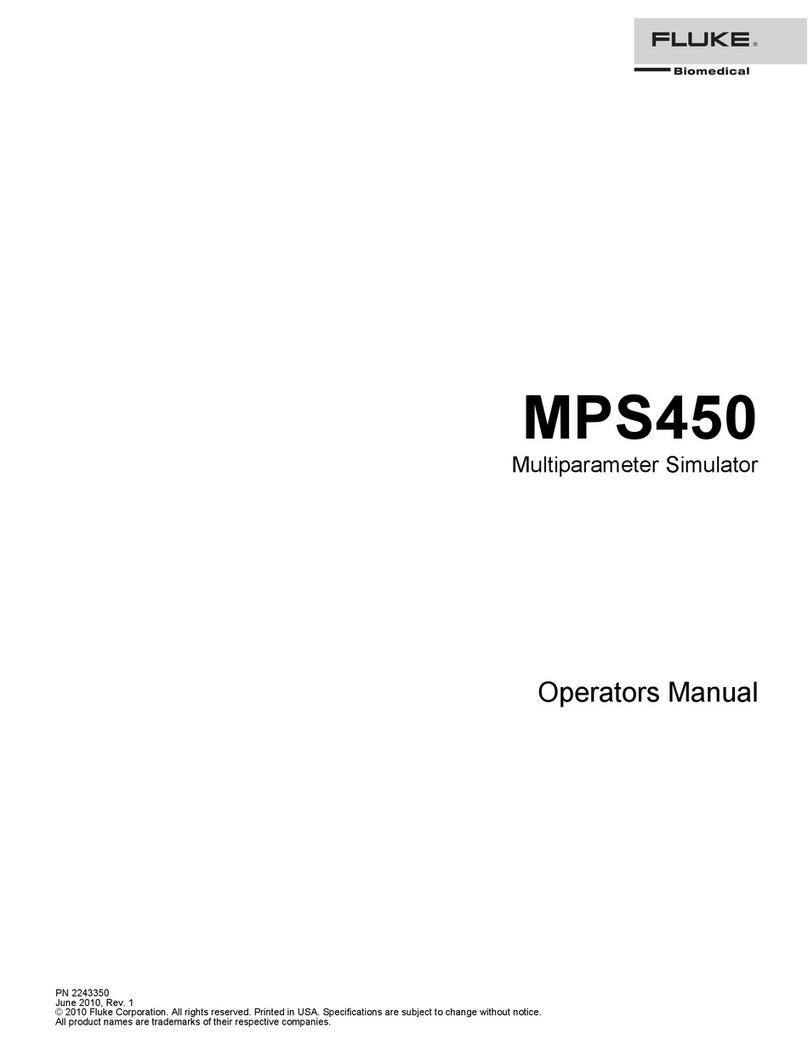
Fluke
Fluke Biomedical MPS450 Operators User manual
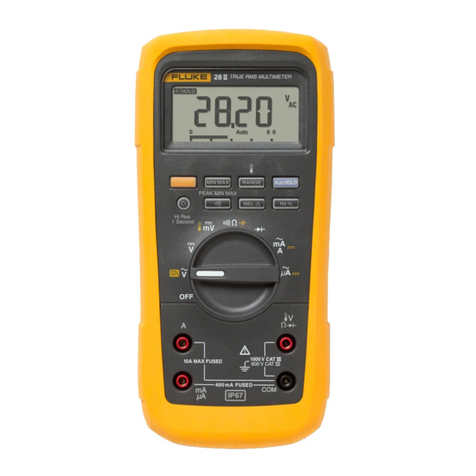
Fluke
Fluke 27-II User manual
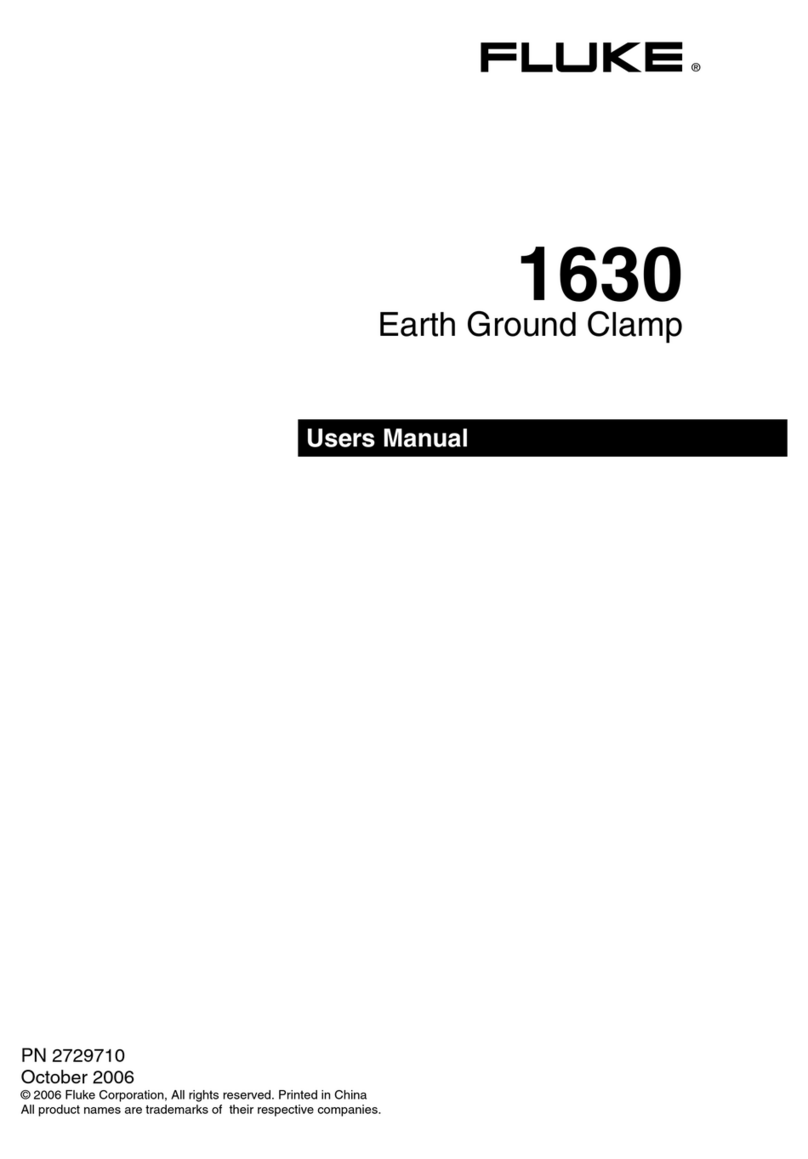
Fluke
Fluke 1630 User manual

Fluke
Fluke 287 Installation and operating instructions
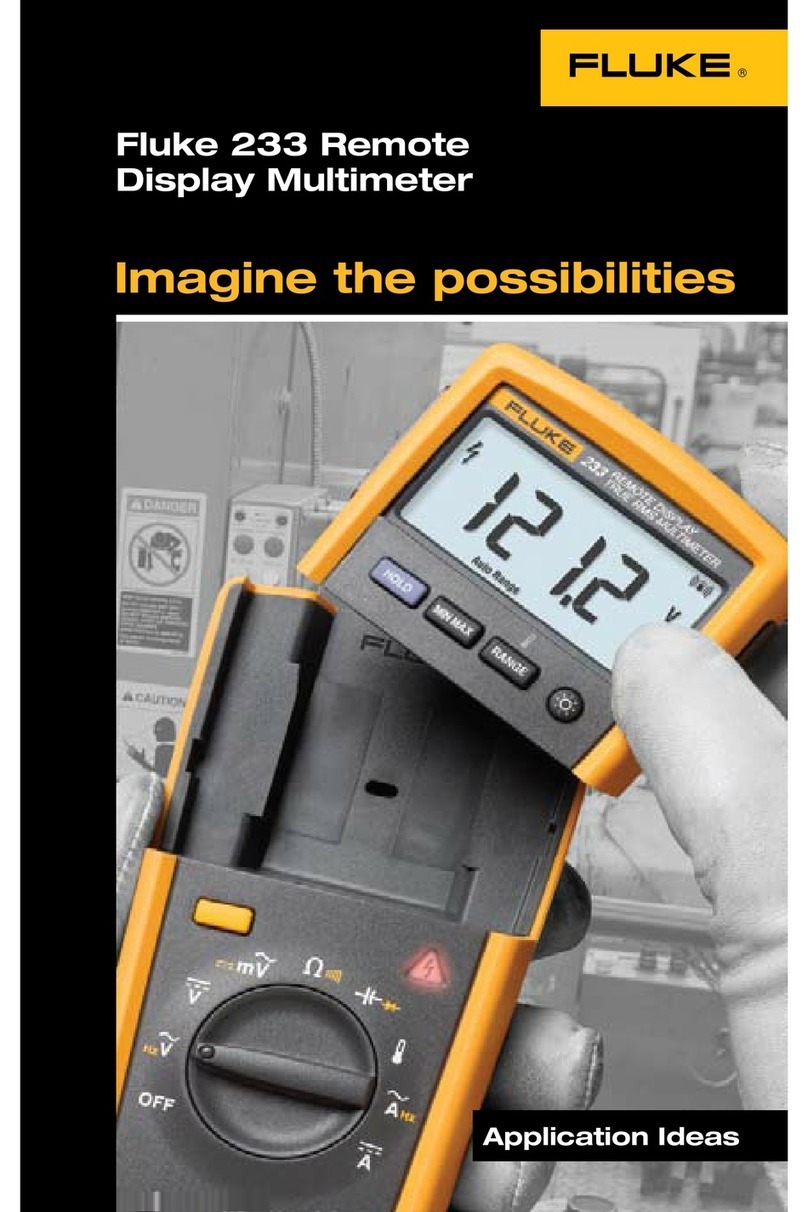
Fluke
Fluke 233 User guide

Fluke
Fluke 8021B User manual

Fluke
Fluke 771 Use and care manual
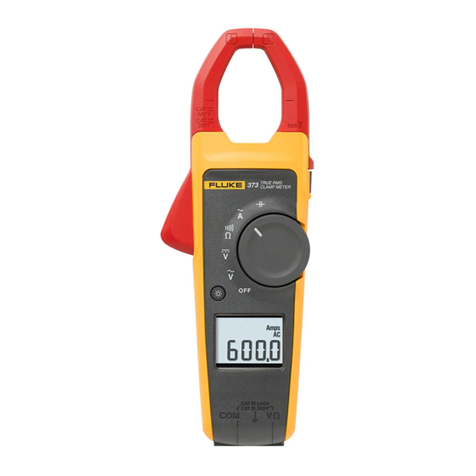
Fluke
Fluke 373 User manual
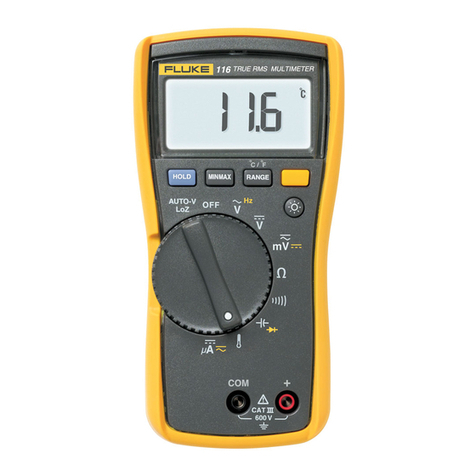
Fluke
Fluke 116 User manual
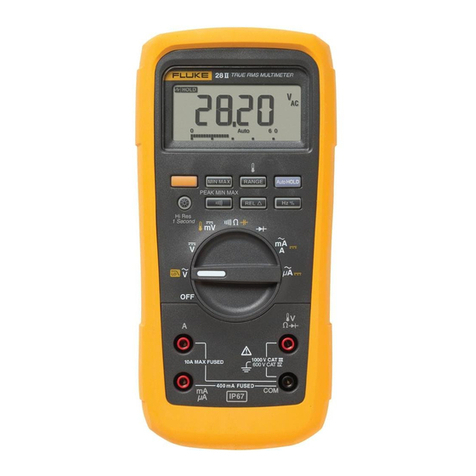
Fluke
Fluke 28 II Ex User manual
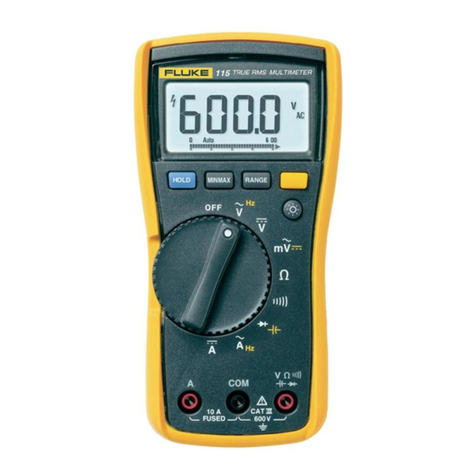
Fluke
Fluke 115 User manual
Popular Multimeter manuals by other brands

Gossen MetraWatt
Gossen MetraWatt METRAmax 6 operating instructions

PeakTech
PeakTech 4000 Procedure of calibration

YOKOGAWA
YOKOGAWA 90050B user manual

Tempo Communications
Tempo Communications MM200 instruction manual

APPA
APPA 607 user manual

Elenco Electronics
Elenco Electronics CM-1555 operating instructions
